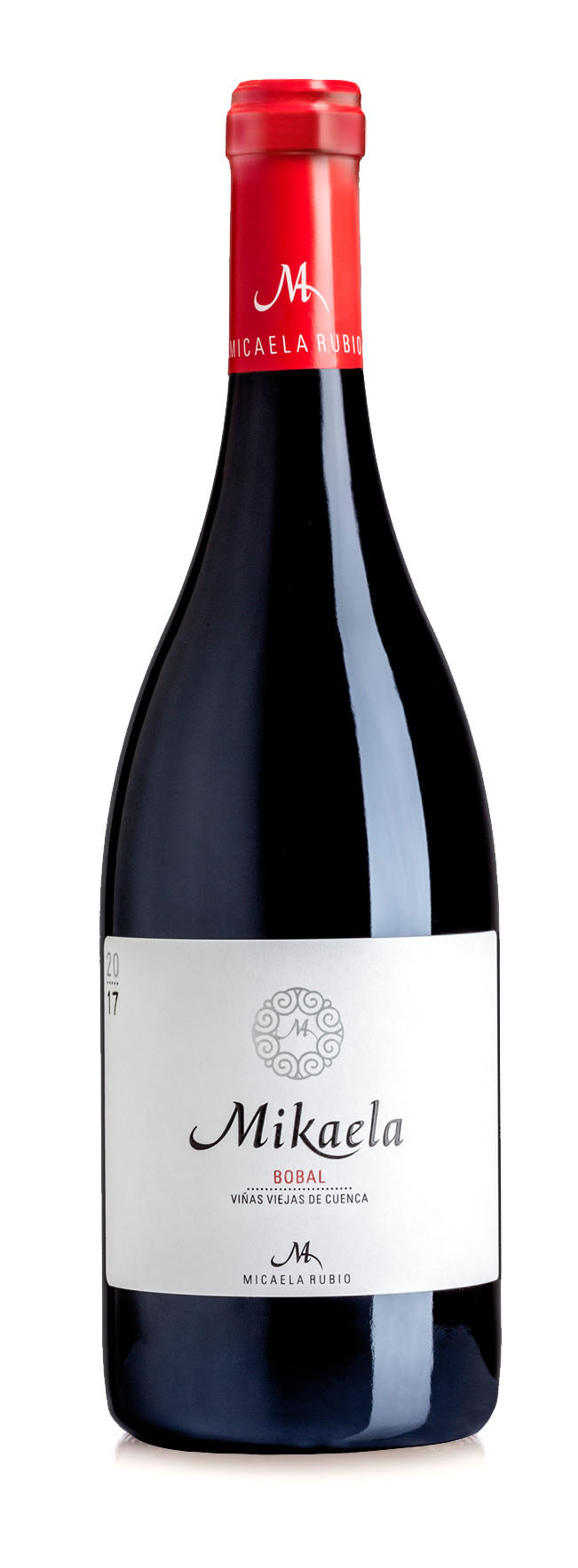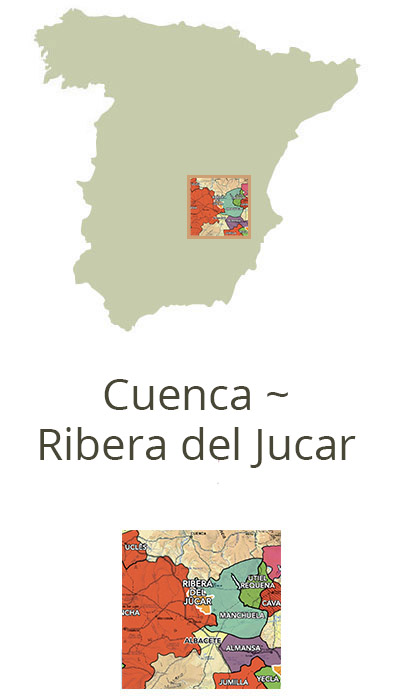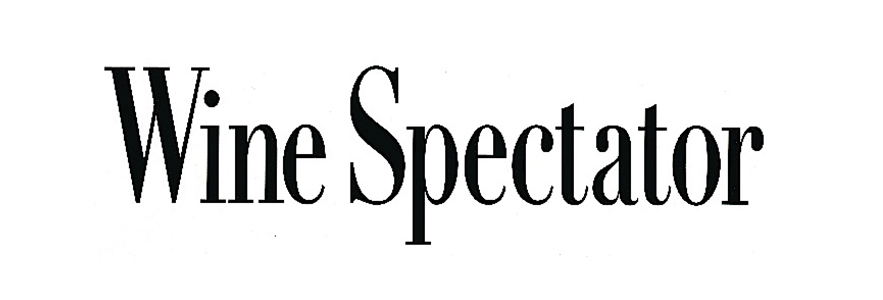Vinos Aurelio García - Micaela Rubio
Mikaela




2020 Vintage
93pts

2020 Vintage
90pts

2019 Vintage
91pts

Denominacion de Origen
D.O. Ribera del Jucar
Location
The winery is located in La Alberca de Záncara.
Varietal
Field blended vineyards comprised of 95% Bobal and 5% mixed indigenous varieties including Pardilla & Moravia Agria.
Vineyards
Paraje el Poleo in Casas de Benítez, in the province of Cuenca.
Year(s) Planted
1932-1945
Viticulture
Traditional dry-farmed, biodynamic, manual viticulture. The vines are head-trained and the vineyards are plowed by horse.
Soils
Very stony soils of alluvial origin (canto rodado) deposited by the Río Jucar thousands of years ago. Below the canto rodado, the soil is sandy in texture with a high proportion of iron rich clay, and a meter below the surface, there is solid limestone mother rock.
Climate
Continental Mediterranean climate characterized by long and cold winters followed by short and hot summers, with drastic temperature changes between day and night.
Winemaking
The clusters are sorted, and 20% destemmed. The whole clusters (80%) and destemmed berries ferment spontaneously in concrete vats. Pre-fermentative maceration for four to five days, and extraction is very gentle throughout the maceration. The wine is pressed in a vertical basket press and undergoes malolactic fermentation in 2,500L French oak foudre.
Aging
14 months in 2,500L French oak foudre.
Comments
Mikaela is produced from vineyards in the basin of the Rio Jucar, in the southeast of the province of Cuenca, in the villages of Pozoamargo and Casas de Benitez. The soils are covered with a surface of large rounded stones, owing their origins to this historic river. Thankfully, this area was also spared from the mass uprooting and commercialization of Spanish viticulture in the 60's and 70's, and as a result, has a tremendous diversity of field blended microparcels planted to Bobal and myriad other indigenous varieties. Mikaela is is Aurelio García's "premier cru," single estate wine blending sites from the El Poleo paraje.